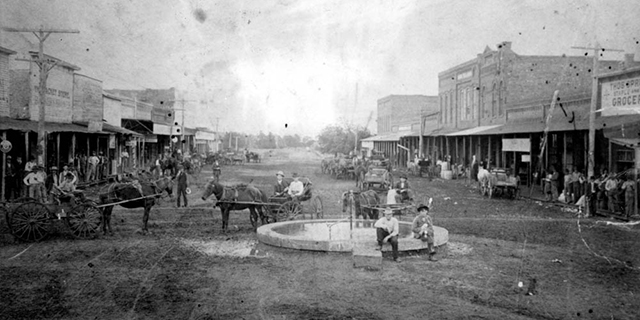1542-1900
1542
Research has led some Texas historians to believe Spanish explorers made camp in an Indian village named Guasco on Village Creek near present-day Dottie Lynn Pkwy.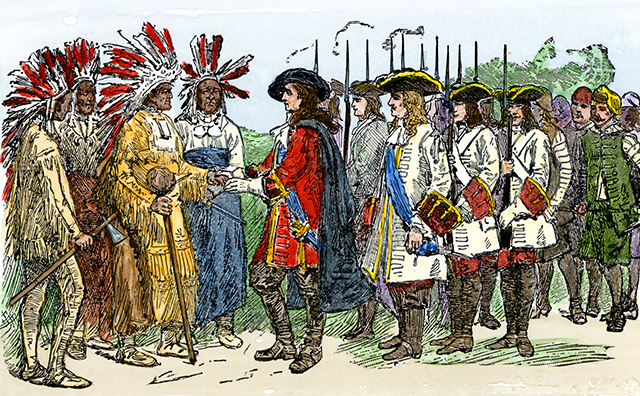
1838
Robert Sloan and Nathaniel T. Journey lead an expedition into present-day Euless and Arlington that was recorded as one of the first Anglo-American efforts to open the area to settlement.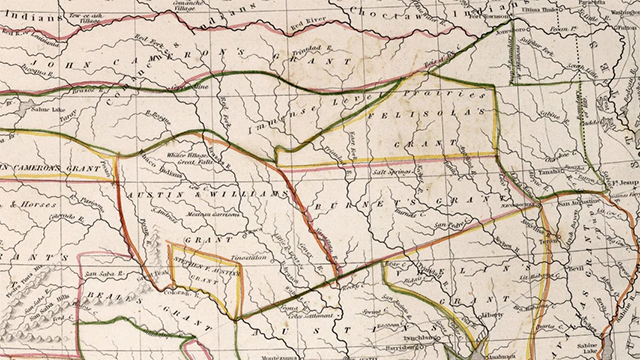
1841
General Edward H. Tarrant leads the Battle of Village Creek, killing many Native American people who called Village Creek their home.Captain Jonathan Bird creates Bird's Fort on the north side of present-day Arlington, Anglo-Americans' first attempt to settle in north Texas
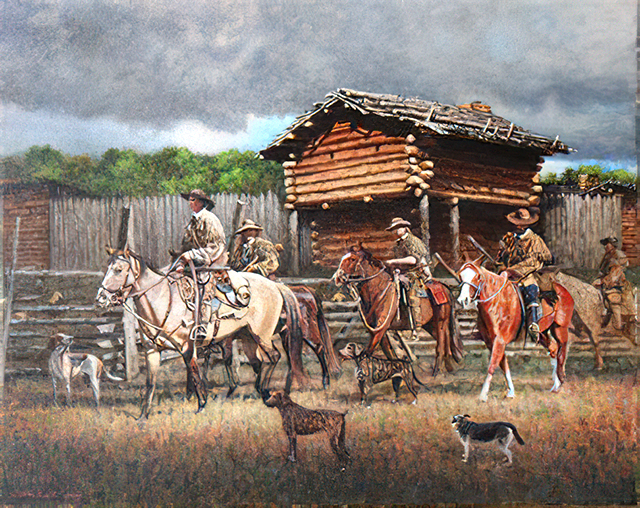
1843
Treaty of Bird's Fort, a peace treaty between Native Americans and the Republic of Texas opens the door to settlement in the entire region.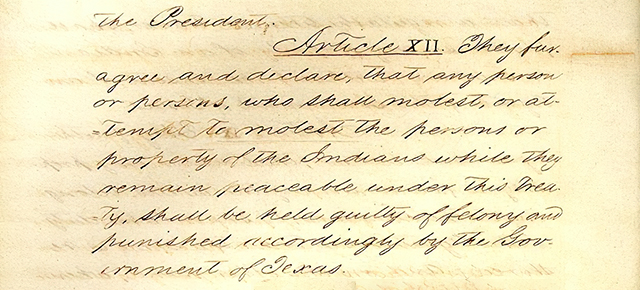
1848
"Father of Tarrant County" Colonel Middleton Tate Johnson's Company of Texas Rangers is assigned to Kaufman Station, later known as Johnson Station.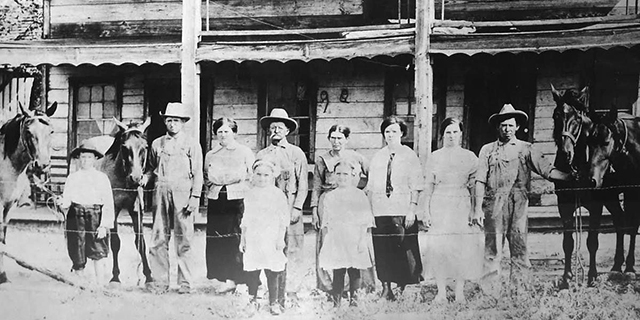
1853
Patrick A. Watson and a group of settlers arrive and settle on land that now borders the present SH-360 (Watson Road).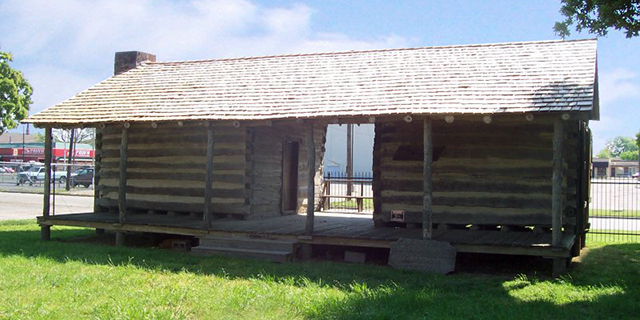
1869
Reverend Andrew Shannon Hayter arrives and organizes the Good Hope Cumberland Presbyterian Church.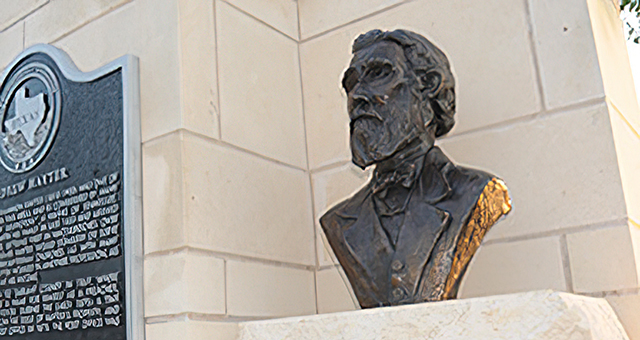
1870
Colonel Middleton Tate Johnson's body is exhumed from Texas State Cemetery and buried in a family cemetery on Arkansas Lane.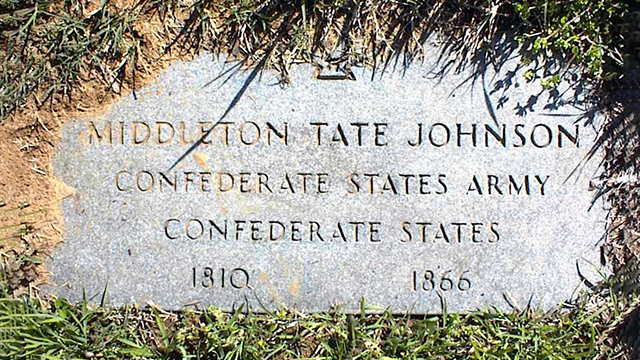
1871
United States Congress approves a charter for a transcontinental railroad to run through what will later become Arlington, Texas.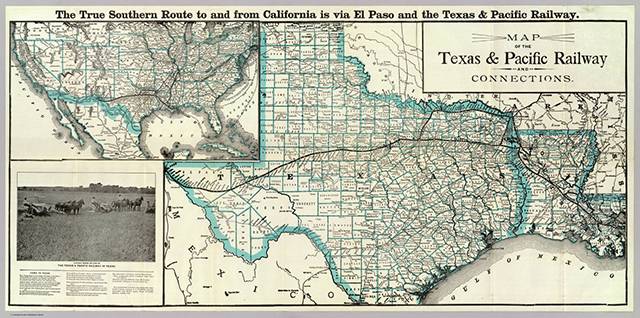
Elder John Quarles Burnett meets with 17 fellow Baptists and organizes the first church in Johnson Station - Johnson Station Baptist Church
1873
Settlement founded near site of present-day city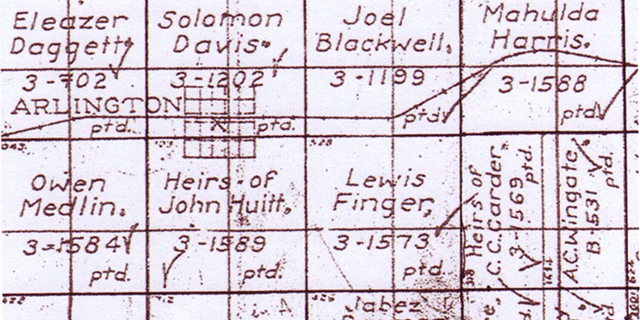
1876
Texas and Pacific Railway establishes a stop midway between Dallas and Fort Worth in present-day Arlington.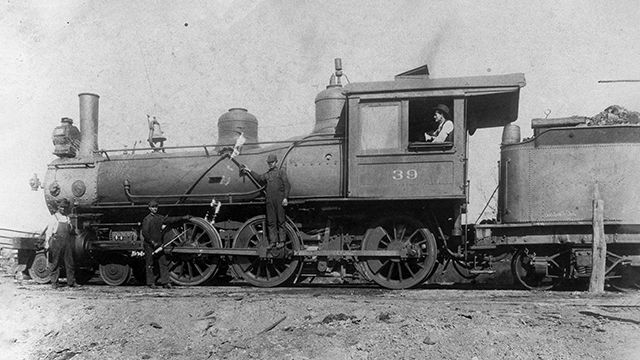
The town situated around the train stop is named "Hayterville" after Rev. Andrew Shannon Hayter.
Carver Dixon "Uncle Dutch" King becomes the first mayor of Arlington.
Johnson Station Baptist Church moves with the community three miles north, eventually becoming known as First Baptist Church of Arlington
1877
Settlement renamed "Arlington" (previously known as "Johnson" or "Hayter") at Rev. Hayter's request.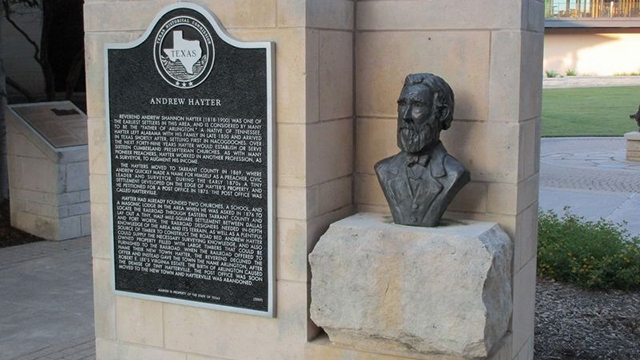
Arlington, Texas is officially recognized by the United States Postal Service.
1878
A group of Methodists meet in Schults' lumberyard at Mesquite and Front Streets and organize the first church congregation in Arlington's original township.Arlington landowner James Daniel Cooper builds a majestic colonial house on the corner of what is now Cooper St. and Abram St.
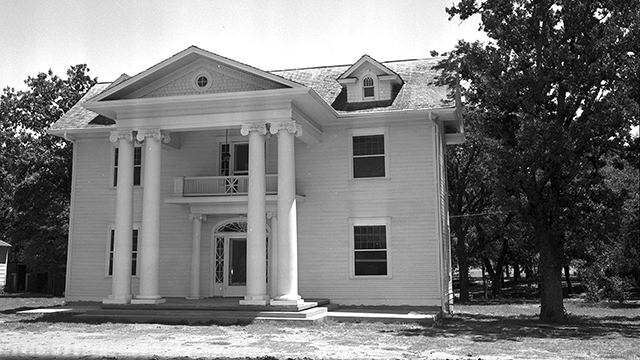
1880
U.S. Census shows a population of 275 people with eight general merchants, three drug stores, a lumber dealer, two physicians, a hotel keeper, a saloon operator and various other occupations including farming.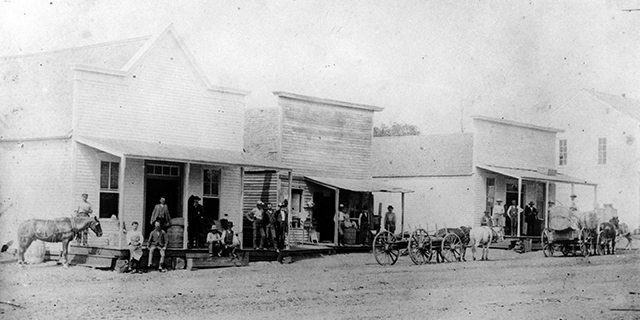
1881
M. J. Brinson becomes mayor for the first time.1883
William Timmerman and Colonel Thomas Spruance establish the city's first newspaper called "The World."1884
Arlington officially incorporates as a city.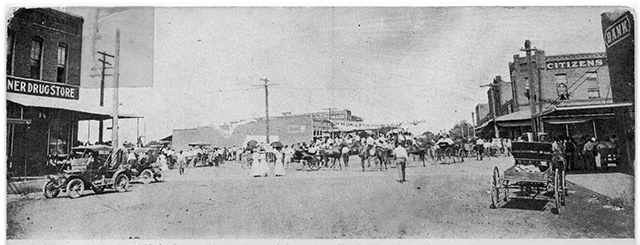
1885
Edward Emmett Rankin becomes mayor for just a month.First church building in Arlington is built.
1887
Cemetery Society (later Arlington Historical Society) founded.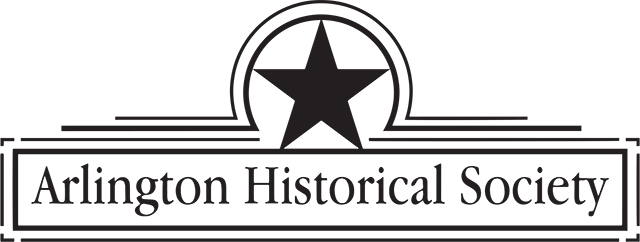
1889
M. J. Brinson becomes mayor for the second time.1891
Rice Wood Collins, a successful merchant, starts public well campaign for access to water.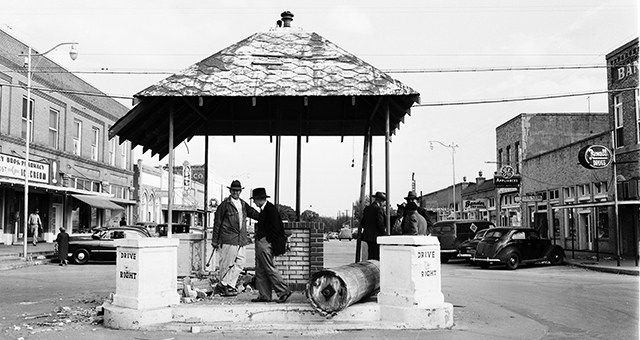
1892
“Christmas Eve Massacre” gunfight leaves four men and a horse dead on Main Street near the rail station.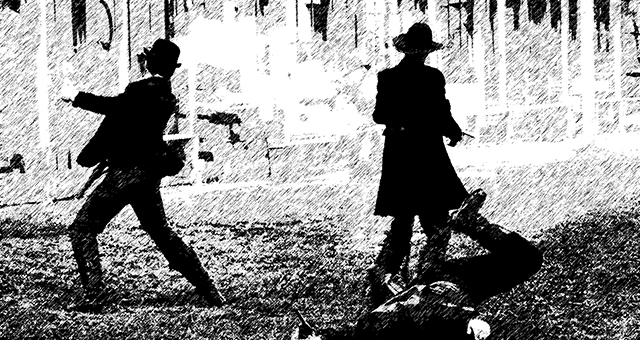
1893
The original mineral well is drilled by a wood-powered steam engine.McKinley-Woodward Home is built by Jesse Stanley McKinley, Arlington's first hardware merchant at 400 E. First. One of the oldest structures in the city.
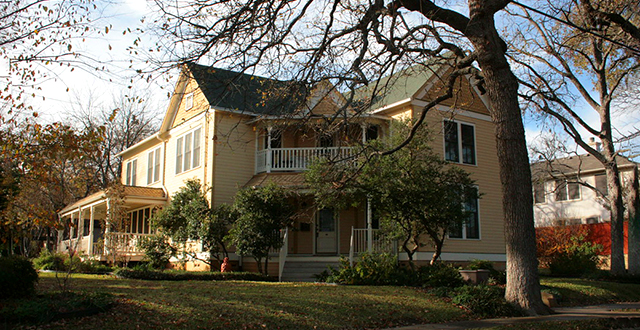
Arlington's first newspaper "The World" is renamed to "The Arlington Democrat."
1895
The city well becomes an official corner point for the City's four new political wards. The well was a focal point for political rallies, parades, cotton sales, and the mineral water itself.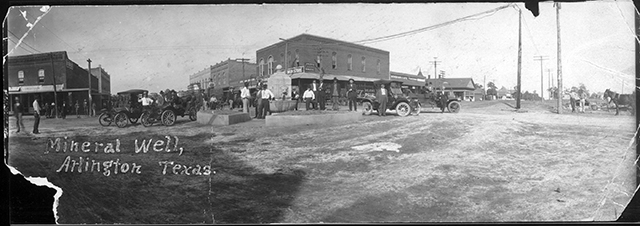
1896
William W. McNatt, a merchant and farmer, sells a portion of his farm to sell lots for burial. Many Arlington pioneers are buried thereafter.Hutchison-Smith Home is built on 312 N. Oak, once owned by I. L. Hutchison, Arlington merchant and pioneer.
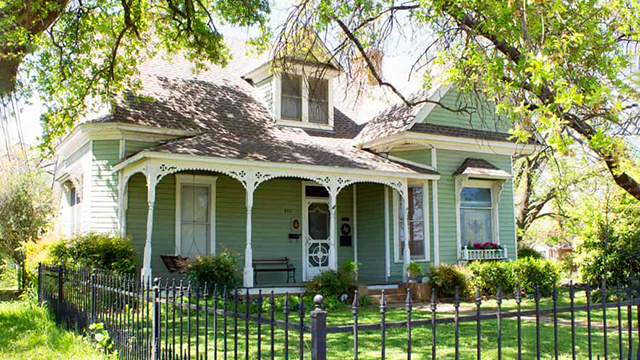
1897
Arlington Journal newspaper begins publication, changing its name from "The Arlington Democrat."
Mount Olive Baptist congregation formed.
1899
Carver Dixon King becomes mayor for a second term lasting only two months.1900
William C. Weeks becomes mayor.Population: 1,079.
